
Why is green the primary colour in camouflage? We delve into the evolutionary origins of camouflage and the remarkable adaptability of the human eye through the history of Chromium Oxide Green.
The human eye can see more different types of green than any other colour. We have always lived in largely green habitats, and so in identifying different types of food or prey in our environments, it was important for us to differentiate different types of green.
This skill is not exclusive to the human species. Others have found ways of responding to green to survive. For example, the walking-leaf-insect adopts not only the green colour of its environment but the very shapes and surface texture of leaves to achieve a perfect camouflage.
In the pigment world Chromium Oxide Green, or Chrome Green, has a camouflaging quality. Produced during the boom of synthetic pigments in the 19th century, it is one of the most stable green paint pigments, and its metallic vitreous green surface has a camouflaging moss-like appearance.
Not surprisingly, then, one of the most common uses for Chrome Green is camouflage paint. Until the 18th century many military uniforms were purposely brightly coloured to be seen from afar by the enemy. The British Army were the first to recognise the advantages of disguise in 1850. They began to dye their otherwise bright white uniforms a sandy off-white colour designed to blend in with the desert. They called these new uniforms ‘khakis’, the Hindu term for ‘dust’. Blending in, rather than standing out, became widespread as a military tactic.
By 1914, French units in the army called ‘camoufleurs’ were teaching the art of disguising equipment through using fake leaves, netting or paint. Lucien-Victor Guirand de Scévola, a French painter serving in the infantry, brought ideas of Picasso’s geometric Cubist forms into the design of camouflage.
As camouflage has evolved, it has developed as a distinctive style. In 1986 Andy Warhol was one of the first to recognise its paradoxical nature in a series of works simply titled ‘Camouflage’. It drew attention to the way in which camouflage is intended to blend in, yet in the modern world it does the opposite by being immediately recognisable. Camouflage is now as commonplace in the fabric of visual culture, from art to fashion, as tartan and leopard print.
Today, artists use Chrome Green for its ability make a wide range of greens when mixed with other colours. You can find the Chromium Oxide Green pigment in our Professional Acrylic range. It is also known as Oxide of Chromium, found in our Artists’ Oil Colour, Winton, Griffin Alkyd, Professional Watercolour and Gouache ranges.









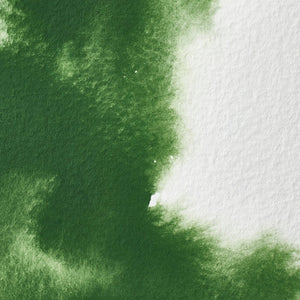
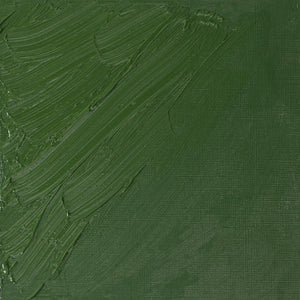
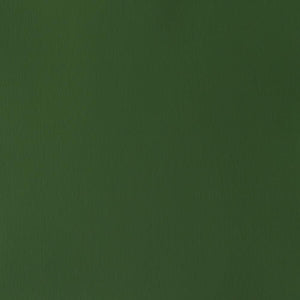
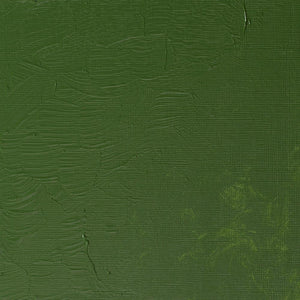
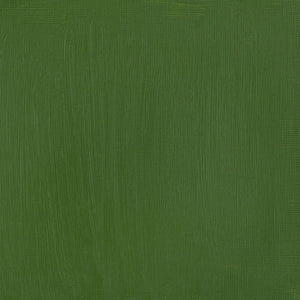
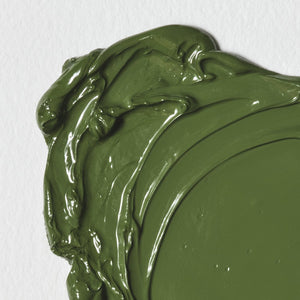
![WN PWC KAREN KLUGLEIN BOTANICAL SET [FRONT]](http://www.winsornewton.com/cdn/shop/files/136444.jpg?crop=center&v=1740654068&width=20)
![WN PWC KAREN KLUGLEIN BOTANICAL SET [OPEN 2]](http://www.winsornewton.com/cdn/shop/files/136447.jpg?crop=center&v=1740654068&width=20)
![WN PWC ESSENTIAL SET [FRONT]](http://www.winsornewton.com/cdn/shop/files/137583.jpg?crop=center&v=1740762356&width=20)
![WN PWC ESSENTIAL SET [OPEN]](http://www.winsornewton.com/cdn/shop/files/137581.jpg?crop=center&v=1740762356&width=20)
![W&N GALERIA CARDBOARD SET 10X12ML [B014096] 884955097809 [FOP]](http://www.winsornewton.com/cdn/shop/files/138855.jpg?crop=center&v=1740761853&width=20)
![W&N GALERIA CARDBOARD SET 10X12ML 884955097809 [OPEN]](http://www.winsornewton.com/cdn/shop/files/138856.jpg?crop=center&v=1740761853&width=20)

![W&N PROMARKER 24PC STUDENT DESIGNER 884955043295 [FRONT]](http://www.winsornewton.com/cdn/shop/files/78674_d4d78a69-7150-4bf4-a504-3cb5304b0f80.jpg?crop=center&v=1721326116&width=20)

![W&N PROFESSIONAL WATER COLOUR TYRIAN PURPLE [SWATCH]](http://www.winsornewton.com/cdn/shop/files/136113.jpg?crop=center&v=1724423390&width=20)
![W&N WINTON OIL COLOUR [COMPOSITE] 37ML TITANIUM WHITE 094376711653](http://www.winsornewton.com/cdn/shop/files/9238_5073745e-fcfe-4fad-aab4-d631b84e4491.jpg?crop=center&v=1721326117&width=20)
![W&N WINTON OIL COLOUR [SPLODGE] TITANIUM WHITE](http://www.winsornewton.com/cdn/shop/files/131754_19b392ee-9bf6-4caf-a2eb-0356ec1c660a.jpg?crop=center&v=1721326118&width=20)